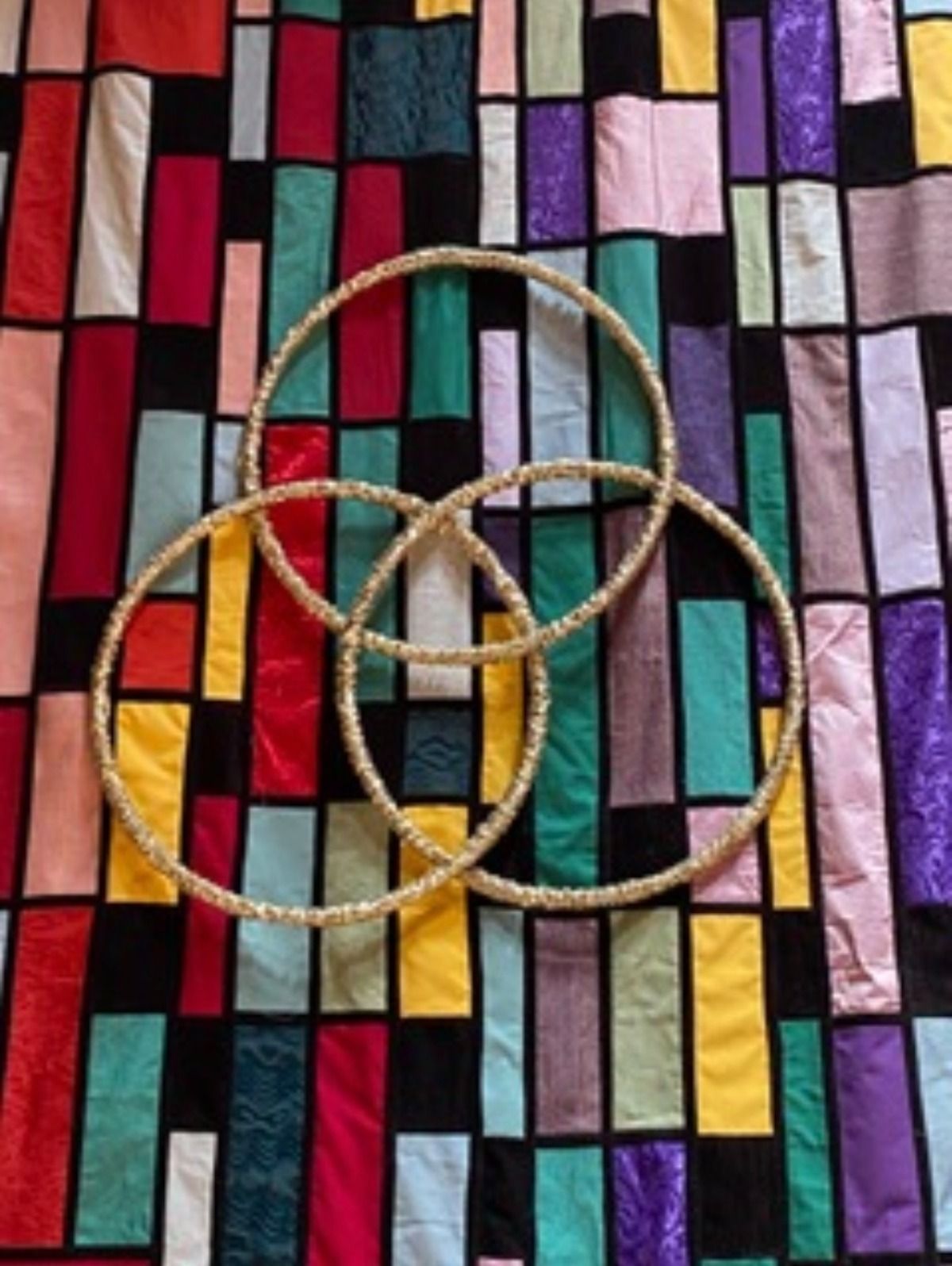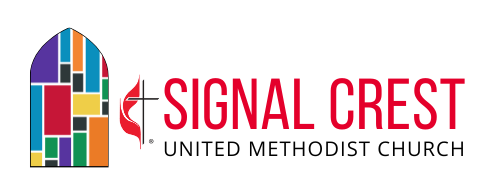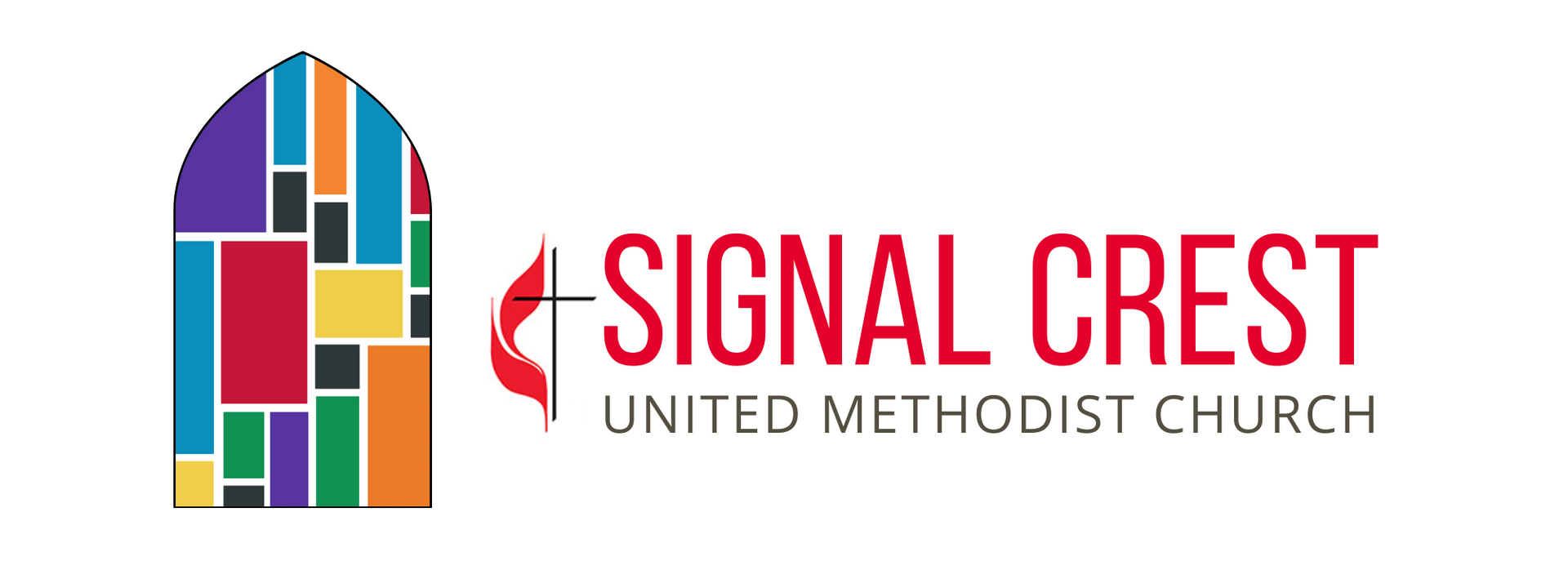DEVOTIONAL FROM PASTOR DAVE MAY 31, 2023

This week I’m wrapping up an online course that I’m teaching at Tennessee Wesleyan University on the different Christian denominations. This is the third year in a row that I’ve taught this May term course, and this is the most students I’ve ever had in the class—twenty-two. And it’s quite a diverse class. While nine of the students are from east Tennessee, seven of the students—nearly one-third—are international students. I’ve got students from Canada, Denmark, Germany, Spain, Kathmandu, and two from Argentina. And they also represent some of the different Christian denominations we’re studying. There are at least four Catholics in the class, others from various Protestant denominations (including a few Methodists), and for the first time, I have someone in the class who grew up Eastern Orthodox.
One of the things I have especially enjoyed learning about these different denominations—and have enjoyed watching the students discover this as well—is how much we have in common. We have so much more in common than we have that differentiates, divides, and distinguishes us. Some of the differences have more to do with geographical, cultural, and political differences than truly theological differences. Often it seems to have more to do with one denomination putting a little more em-phah-sis on a different syl-lah-ble than another one.
One of the things that the vast majority of denominations uphold is the doctrine of the Trinity. There are a few exceptions to this, like the Unitarians and Jehovah’s Witnesses. But most Christian denominations affirm that God is one God in three “persons”—Father, Son, and Holy Spirit. The idea of the Trinity goes way back in the history of the church to some of the very first church councils (which formulated the Nicene and Apostles’ Creeds).
While the Trinity may not be explicitly explained in the Scriptures, it’s very much grounded in how the early church talked about God (see for example 2 Corinthians 13:13) and how they baptized new believers (see Matthew 28:19). And the church chose to view the Trinity, not as a mathematical puzzle to be solved (or as a three-ring circus!), but rather as an inscrutable mystery to worshiped in awe and wonder.
This Sunday, June 4, happens to be Trinity Sunday. In the church calendar, Trinity Sunday always follows Pentecost Sunday, when we celebrate God’s gift of the Holy Spirit to the church. I’m also mindful as I’m wrapping up this class on the denominations of Jesus’ prayer in John 17, where he prays for his followers, “that they may be one, as we are one . . . that they may all be one . . . so that the world may believe that you have sent me” (John 17:11, 21). I look at all the different denominations—hundreds of them—and it’s easy to see that we are not one but many. And I often wonder (and worry) if this makes it harder for the world to believe in Jesus.
But I’m finding myself inspired by the doctrine of the Trinity, and I wonder if maybe the church of Christ might still be seen, maybe even by Jesus himself, as one church, united in our common focus on Jesus Christ as Lord, but in three different personalities—Orthodox, Catholic, and Protestant. The students in my class this year are giving me hope that maybe, just maybe, we can.

